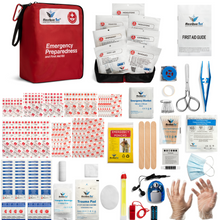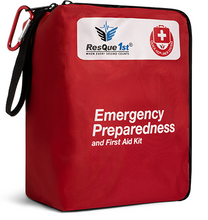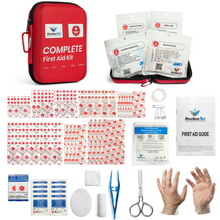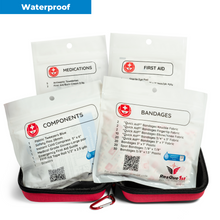1. Drowning: Drowning is the leading cause of accidental death among children aged 1-4, and the second leading cause for children aged 5-14. Young children are fascinated by water, but they aren't old enough to understand how dangerous it is.
A child can drown in as little as 20 seconds. Prevention is key. If you're bringing young children around water, actively supervise them at all times. Keep them within arms reach and don't get distracted.
Teach your children to be comfortable in the water by enrolling them in swimming lessons as early as possible. However, never rely on your child's ability to keep themselves safe. Flotation devices can be useful in certain situations, but they're never an adequate substitute for adult supervision.
If your child or someone else you're with is a victim of drowning, time is of the essence. Remove them from the water as quickly as possible. Call for help, then begin administering CPR. It is possible to revive someone even if they are not responsive, so don't stop until medical help arrives.
2. Muscle Injury: Swimming is a safe, low impact form of exercise for most adults. However, incorrect form and overtraining can lead to muscle injury. Reduce your risk by staying hydrated, working with a trainer to ensure you're using proper technique, and take time to warm up and cool down before exercising.
If you experience a swimming related muscle injury, the best course of treatment is to get plenty of rest. Regular stretching can also help improve your flexibility, reducing your risk of injury in the future.
3. Slips and Falls: When there's water around, there's also the risk of slipping and falling. When you're at the pool or on a dock, be conscious of your surroundings. Make sure there is a clear path to walk around the water, and put away any toys or towels that aren't in use. Instruct children not to run when they are near water.
Many poolside slips can be treated with a first aid kit. Keep bandages and antibacterial ointment on hand to treat minor scrapes and cuts. A compression bandage and an ice pack are useful for addressing muscles sprains. But don't hesitate to contact medical help for more serious injuries, including concussions and other accidents involving the head.








